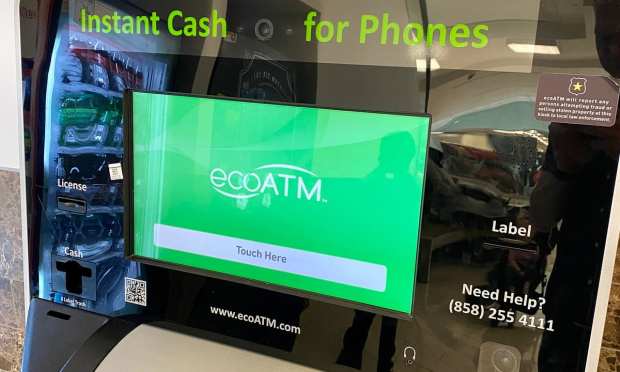Used Smartphone Reseller ecoATM Nets $75 Million For Expansion

EcoATM Gazelle, the global smartphone and mobile device reCommerce company, has raised $75 million in new growth equity from existing investor Cowen Sustainable Advisors, a press release said Monday (June 14).
The funding will go toward allowing the company to expand more and support product extensions intended to meet quickly expanding demand.
According to the release, the new funding will be used to build and deploy thousands of retail automated kiosks in the U.S., Europe and Asia as well as boost the deployment of artificial intelligence (AI)-enabled omnichannel mobile, web and fintech retail product extensions for more convenience for customers, environmental sustainability and social impact.
The funding will support new market launches for things like multichannel marketing campaigns and operational investments.
In June of this year, ecoATM was able to reach 28 million smartphone and mobile device reCommerce users. That, according to the release, has shown the new demand for technology recycling.
“Our double-digit growth and strong financial performance are driven by consumers who are making meaningful contributions to environmental sustainability and social good,” said Dave Maquera, ecoATM CEO. “Our customers power the re-use economy by accessing ecoATM’s leading footprint to trade in their smartphones as well as purchase high-quality used smartphones. This is not only more sustainable, but it also helps to bridge the massive digital divide, enabling us to bring affordable smartphones and internet access to people around the world.”
PYMNTS wrote recently that the pandemic shifted how consumers were using payments, including changes like doing away with physical payment methods in favor of faster digital alternatives.
Check and cash transactions are down, and PYMNTS wrote that interest in real-time payments has boosted in the past year along with the total number of such payments, around 70.3 billion of them made in the past year, a 41 percent increase.
That growth largely came from businesses looking for more efficient ways to send out stimulus funds or other disbursements.
